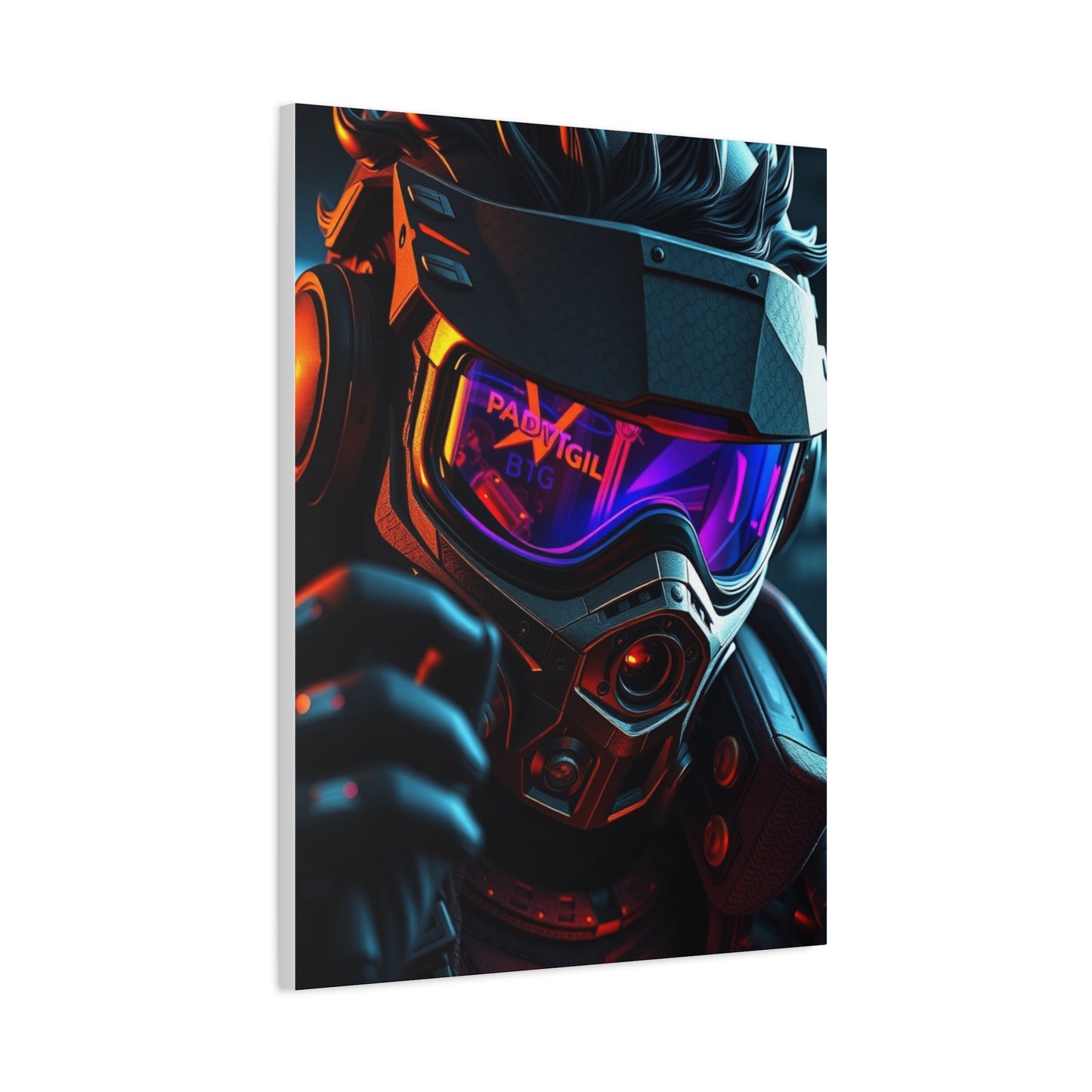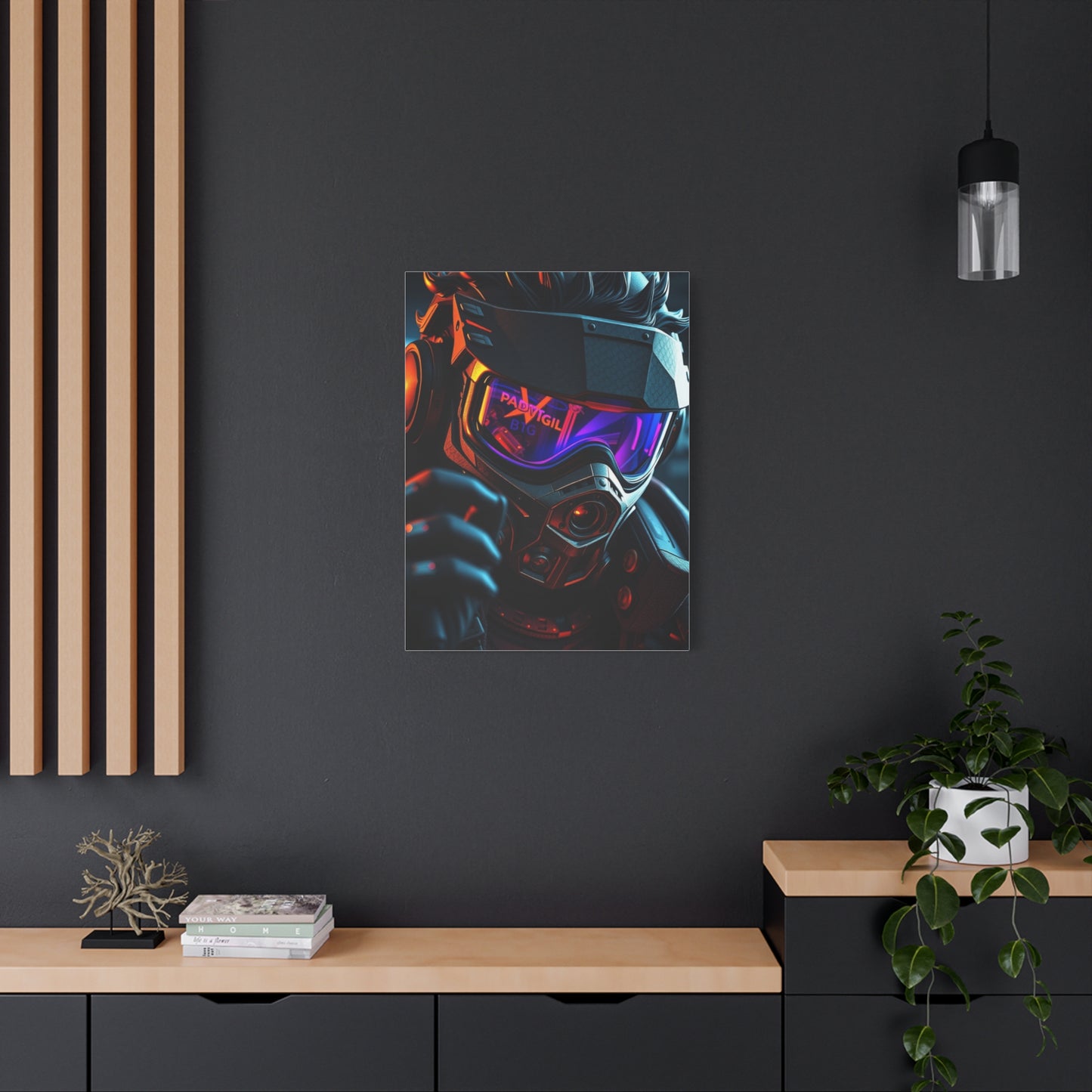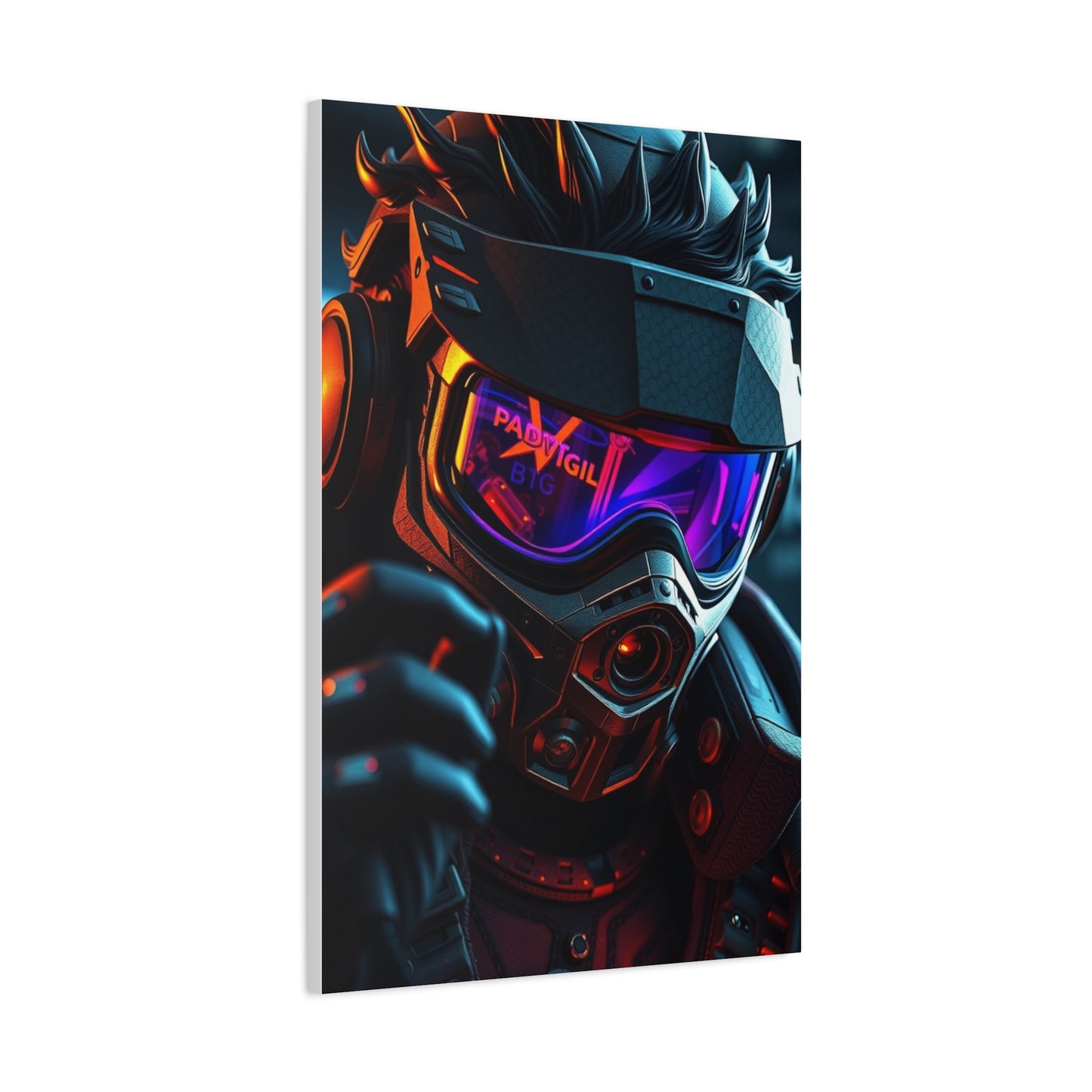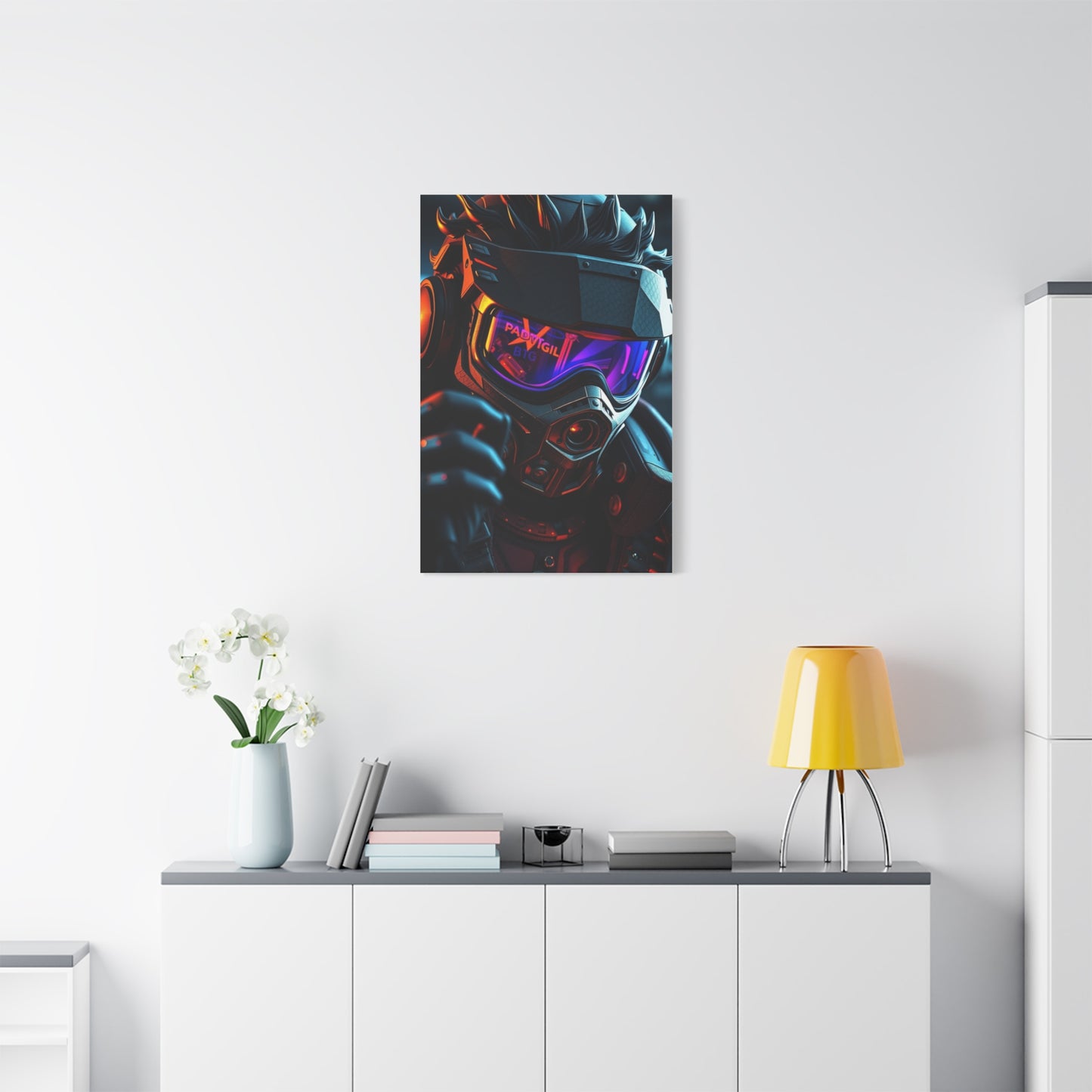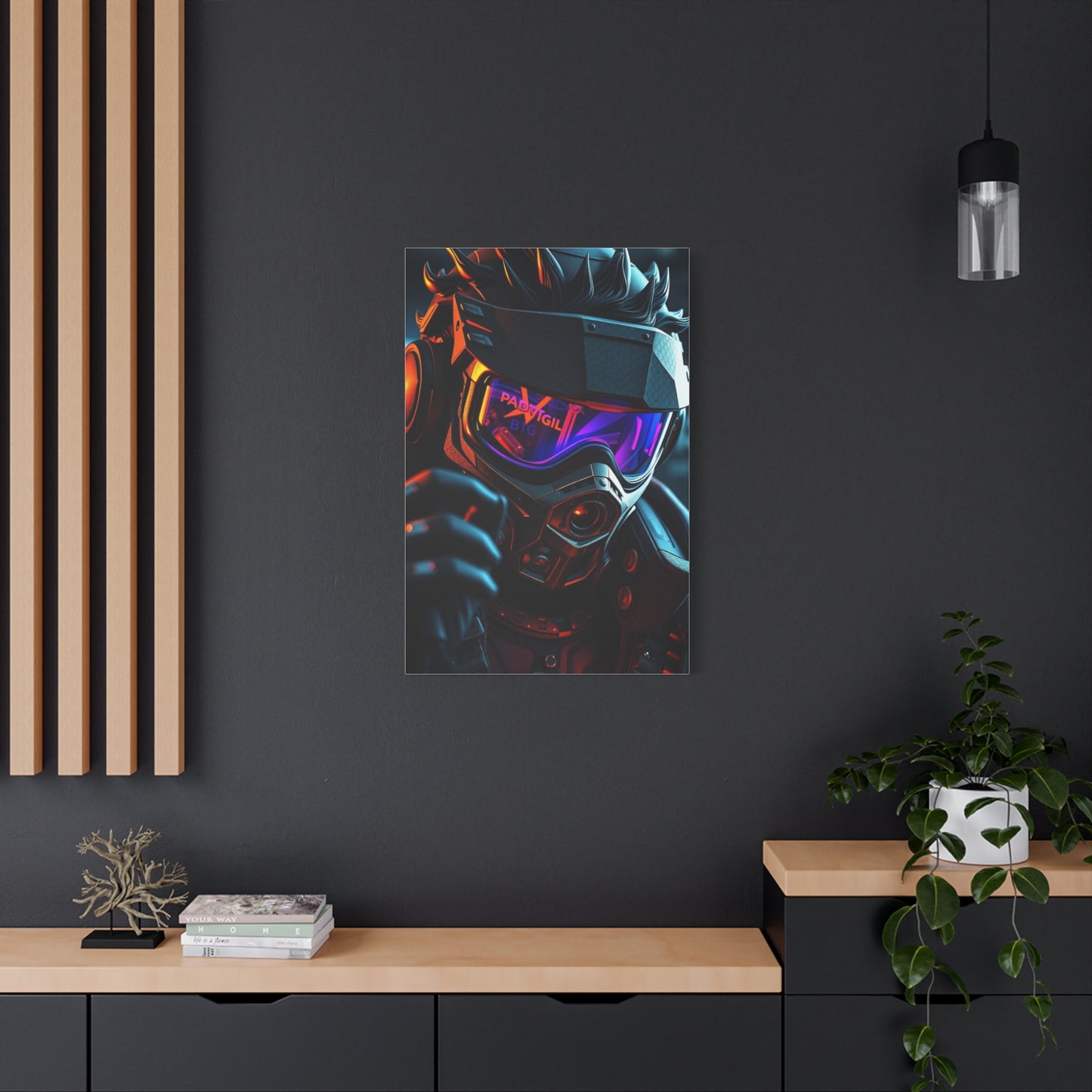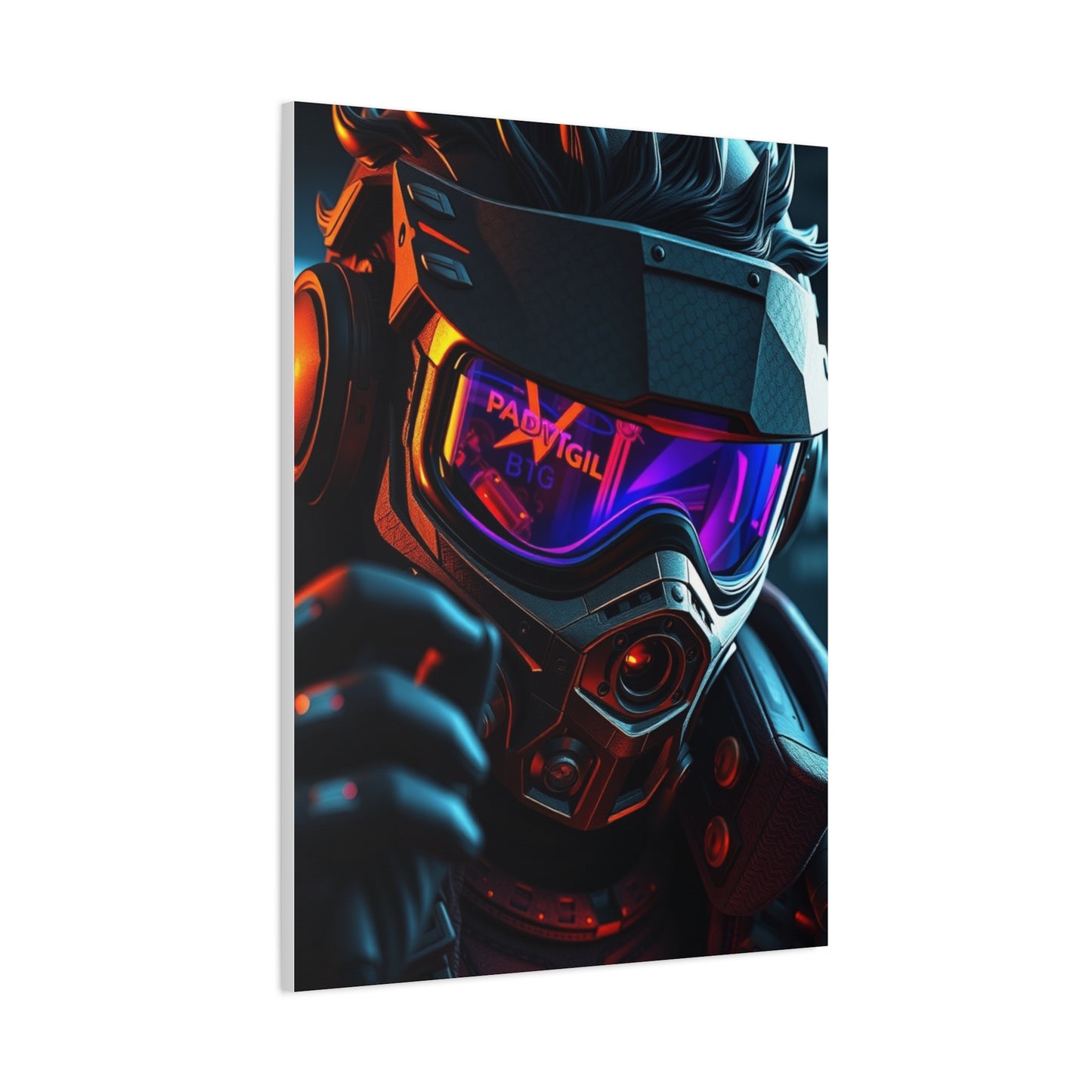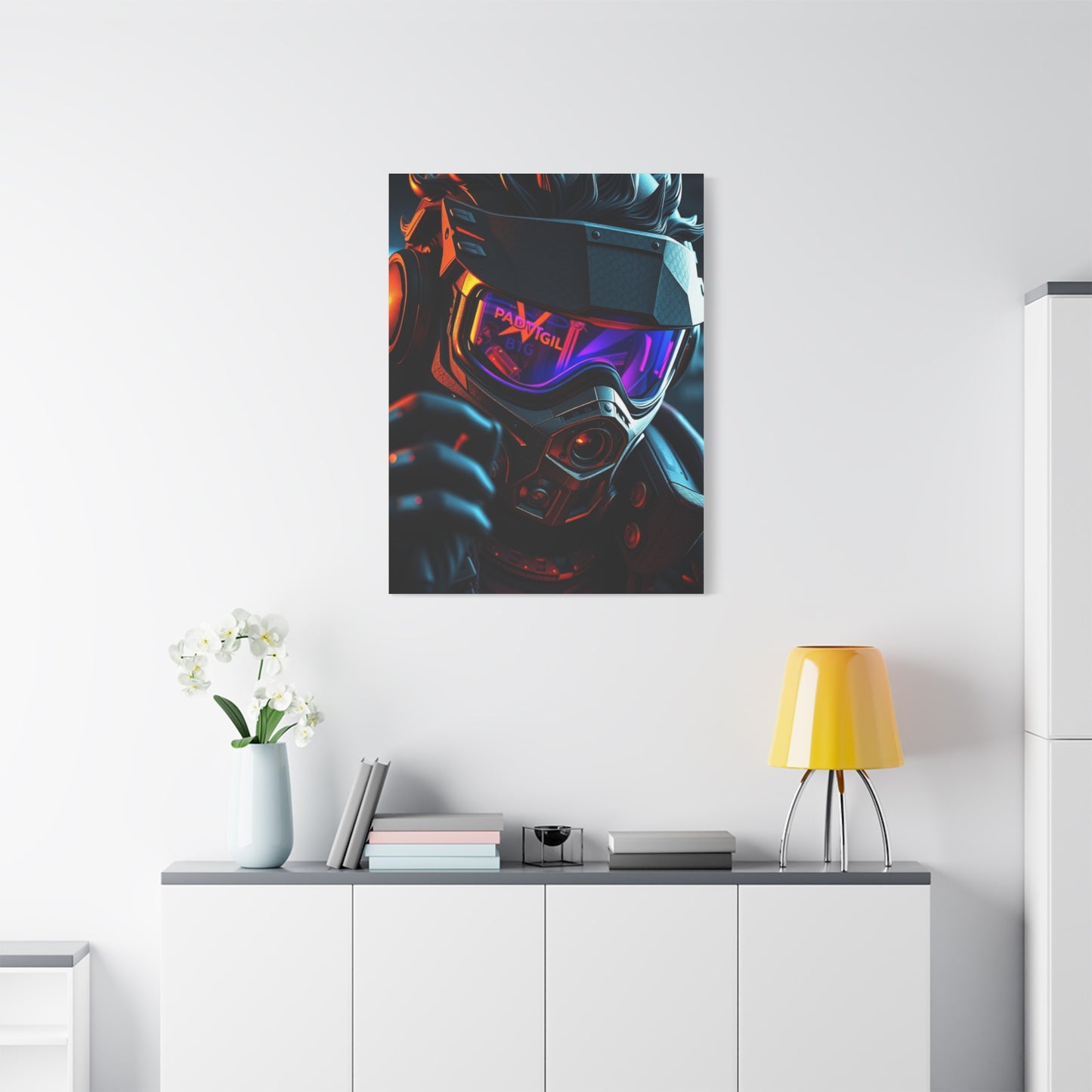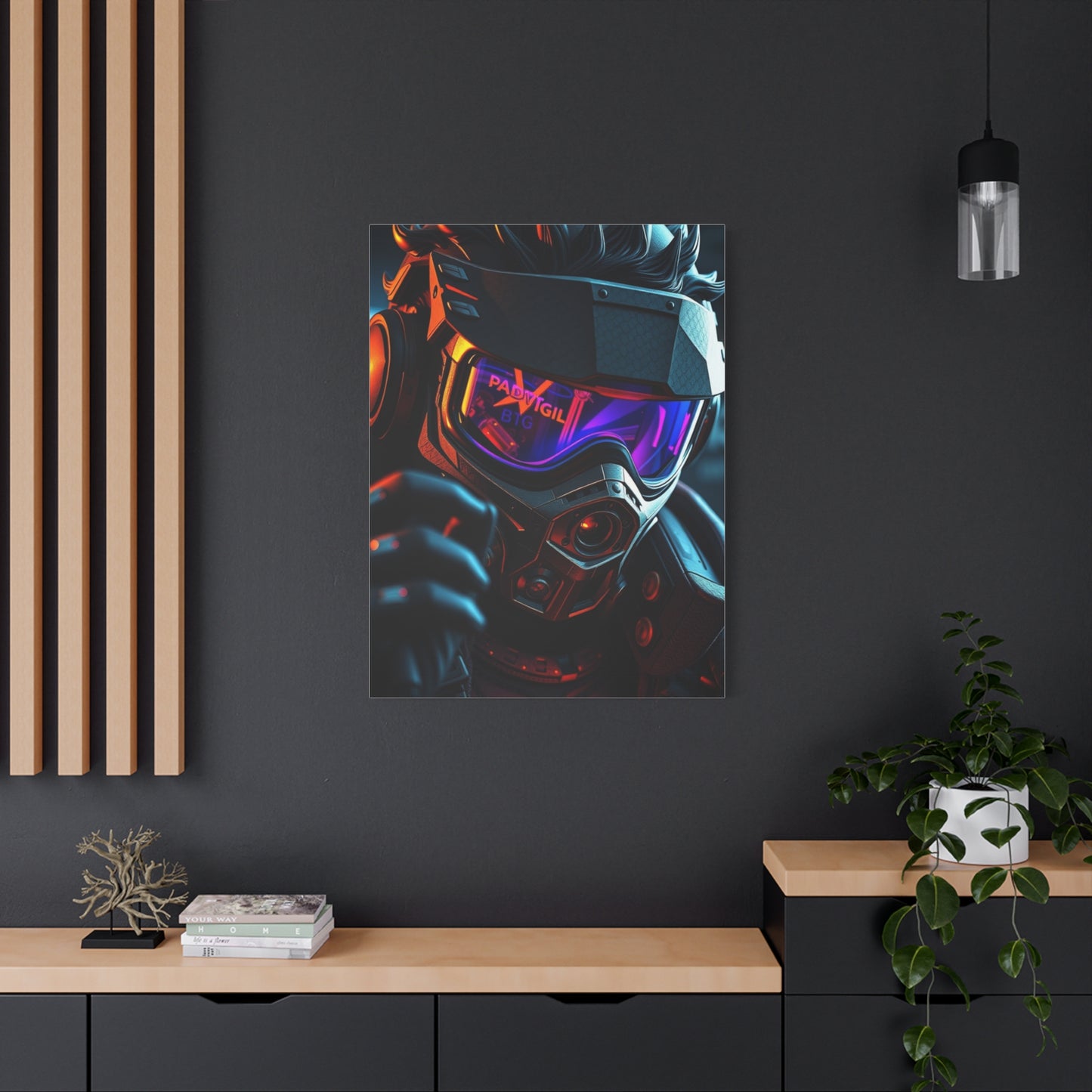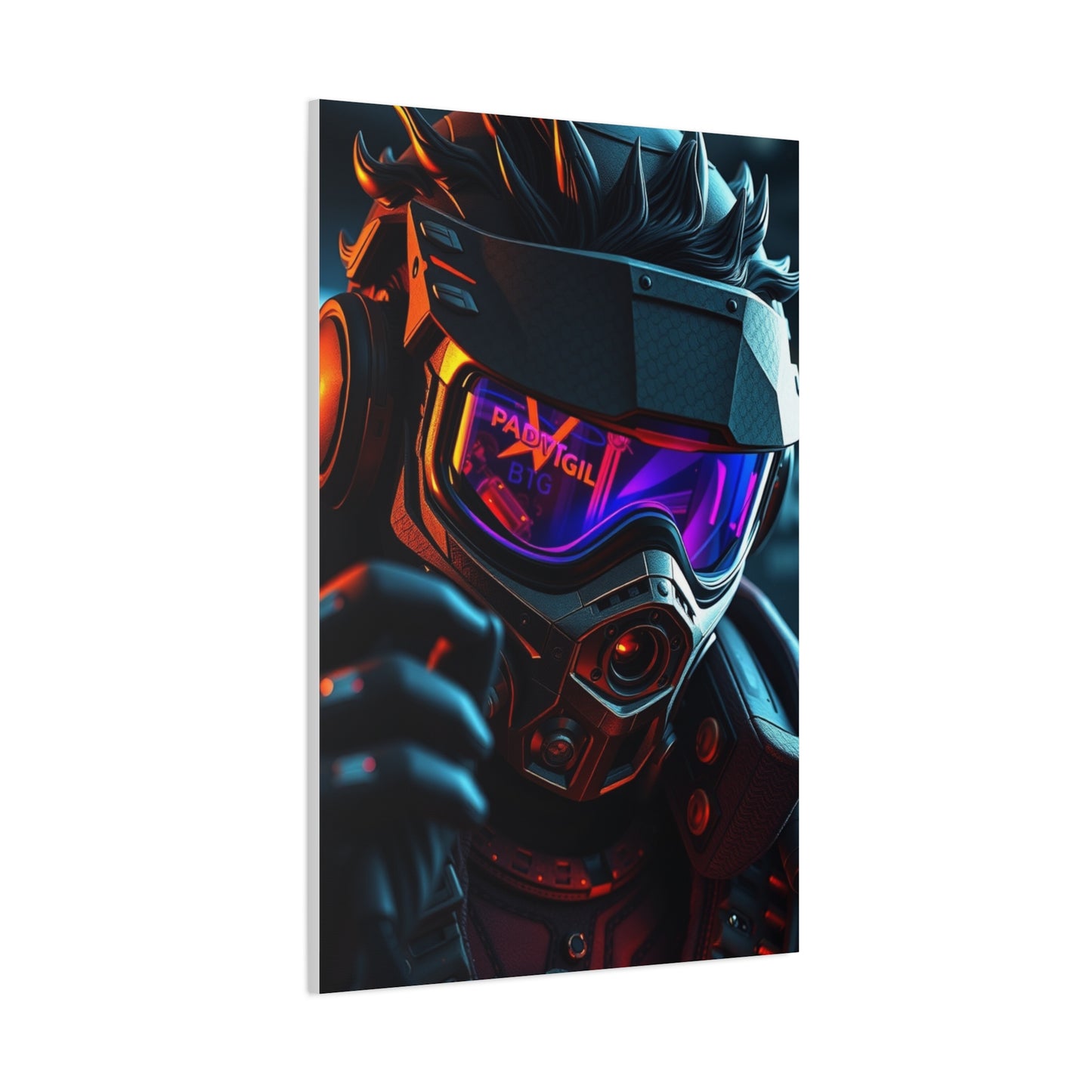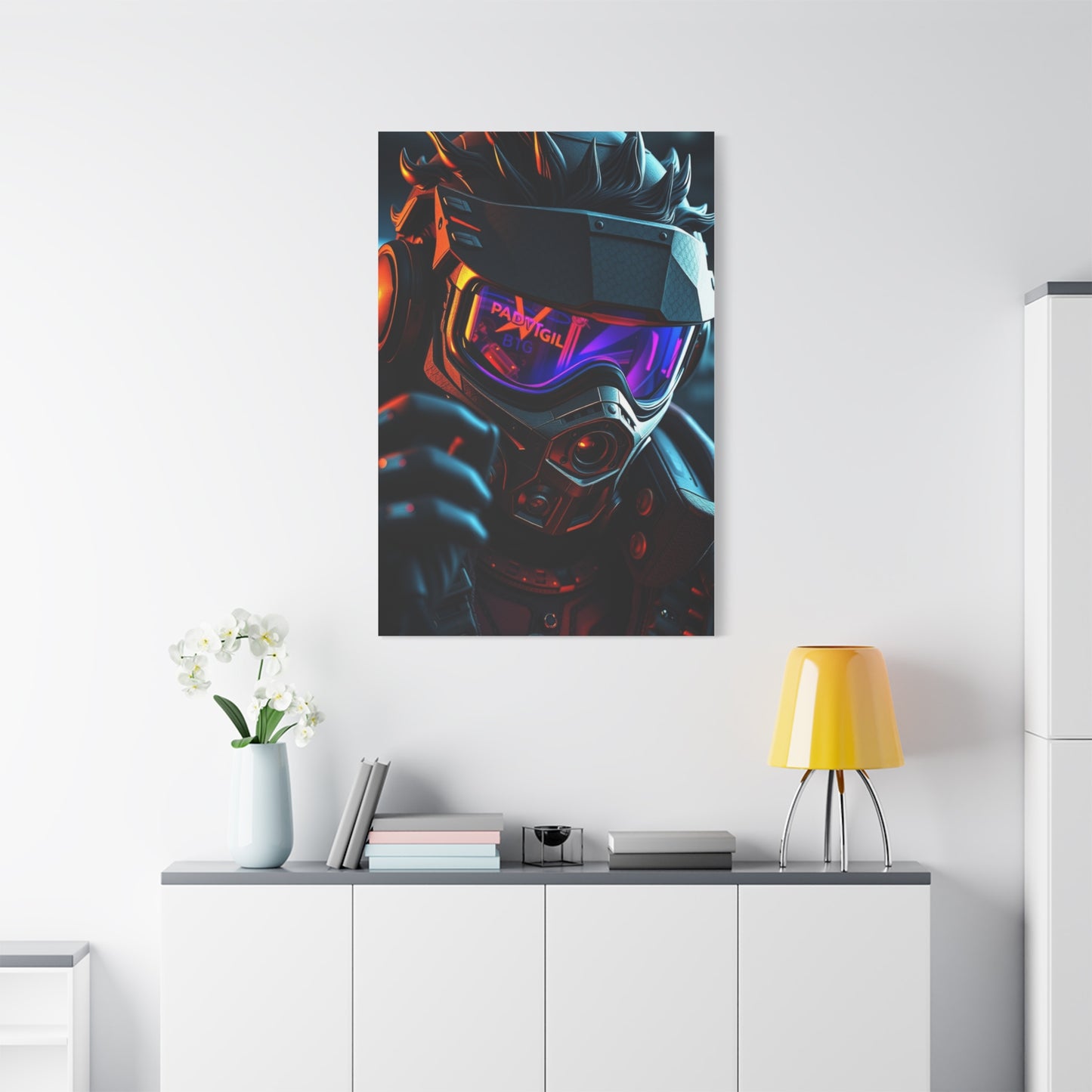Epic Quest Artistry: Bringing Fantasy Worlds to Life Through Visual Storytelling
Epic quest artistry represents a sophisticated fusion of creative vision, technical mastery, and narrative excellence within the gaming industry. This discipline encompasses the intricate process of crafting immersive gaming experiences that resonate deeply with players while maintaining artistic integrity and commercial viability. The art of building epic quests requires creators to balance multiple elements simultaneously, including visual aesthetics, storytelling mechanics, character development, environmental design, and player engagement strategies.
At its core, epic quest artistry involves the deliberate construction of memorable gaming moments that transcend simple entertainment. Artists and developers working in this field must possess a multifaceted skill set that spans traditional artistic abilities, digital creation tools, programming knowledge, and an intuitive understanding of human psychology. The journey toward mastering epic quest artistry begins with recognizing that every element within a game serves a purpose in creating the overall player experience.
The modern gaming landscape demands that epic quest artistry evolve continuously to meet changing player expectations and technological capabilities. Creators must stay current with emerging trends while honoring timeless principles of good design and compelling storytelling. This balance between innovation and tradition forms the cornerstone of successful epic quest development.
Building Immersive World Environments
Creating believable and engaging world environments stands as one of the primary challenges in epic quest artistry. The virtual landscapes that players traverse must feel alive, responsive, and meaningful. Every mountain range, forest path, urban sprawl, and dungeon corridor contributes to the overall atmosphere and narrative context of the quest. Environmental artists working on epic quests must consider factors like geographical coherence, climate systems, architectural styles, vegetation distribution, and the logical placement of resources and settlements.
The process of building immersive worlds begins with extensive conceptual development. Artists create mood boards, sketches, and prototype environments to establish the visual language of their game world. These early explorations help define color palettes, lighting schemes, architectural motifs, and the overall aesthetic direction. Once the visual foundation is established, environment artists transition to the technical implementation phase, where they construct detailed three-dimensional spaces using specialized software tools.
Attention to detail separates mediocre environments from truly immersive ones in epic quest artistry. Small touches like weathering on stone walls, natural wear patterns on frequently traveled paths, appropriate ambient sounds, dynamic weather systems, and reactive vegetation all contribute to creating convincing virtual spaces. Players may not consciously notice these details, but their cumulative effect significantly enhances the sense of presence and believability.
Environmental storytelling represents another crucial aspect of world building in epic quest artistry. The physical spaces themselves should communicate narrative information without relying solely on dialogue or text. A ruined castle tells the story of past conflicts, while the distribution of settlements reveals economic and political relationships. Environmental clues like abandoned campsites, battle remnants, or mysterious structures invite players to piece together the history and lore of the game world through observation and exploration.
Character Design and Development
Characters form the emotional core of any epic quest, serving as the primary vehicles through which players experience the story and world. Effective character design in epic quest artistry requires balancing visual appeal, narrative function, gameplay utility, and thematic consistency. Every character, from the protagonist to minor supporting roles, must feel purposeful and contribute meaningfully to the overall experience.
The character creation process typically begins with written descriptions that outline personality traits, background history, motivations, relationships, and role within the narrative. These written profiles serve as the foundation for visual development, where concept artists explore different visual interpretations of the character. Multiple iterations and refinements eventually lead to final designs that effectively communicate character identity through visual elements like silhouette, color scheme, costume details, and physical proportions.
Bringing characters to life in epic quest artistry extends far beyond static visual design. Animation artists must imbue characters with convincing movement patterns that reflect their personality, physical capabilities, and emotional states. A confident warrior moves differently than a cautious scholar, and these movement differences help reinforce character identity without requiring explicit explanation. Facial animation and expression work adds another layer of nuance, allowing characters to convey complex emotions and reactions during story moments.
Character development within the narrative arc represents an equally important consideration. Well-crafted characters evolve throughout the epic quest, responding to challenges, forming relationships, confronting personal limitations, and ultimately growing or changing in meaningful ways. This progression creates emotional investment from players, who become genuinely interested in character outcomes and storylines.
Narrative Structure and Quest Design
The narrative architecture of an epic quest requires careful planning and execution to maintain player engagement throughout potentially lengthy gameplay experiences. Quest designers working in epic quest artistry must structure stories that balance main narrative threads with supporting subplots, side quests, and environmental storytelling elements. The challenge lies in creating a cohesive overall narrative while allowing sufficient flexibility for player agency and exploration.
Effective epic quest narratives typically employ a three-act structure or similar framework that provides natural pacing and progression. The opening act establishes the world, introduces key characters, presents the central conflict, and motivates player engagement. The middle act develops complications, raises stakes, introduces obstacles, and allows for character growth and relationship development. The final act brings narrative threads together, delivers climactic confrontations, resolves major conflicts, and provides satisfying conclusions to character arcs.
Within this overall structure, quest designers must carefully calibrate the distribution and variety of gameplay activities. Combat encounters, puzzle sequences, exploration segments, dialogue interactions, and narrative revelations should be arranged to maintain rhythm and prevent monotony. The pacing of epic quest artistry involves knowing when to provide intense action, when to offer quiet exploration, and when to deliver important story beats.
Player agency represents a critical consideration in modern epic quest design. Contemporary players expect their choices to matter and influence narrative outcomes. Implementing meaningful choice systems requires careful planning to ensure that branching narrative paths remain manageable from a development perspective while still providing players with genuine agency. Quest designers must identify key decision points where player choices can meaningfully diverge without exponentially multiplying the required content production.
Visual Aesthetics and Art Direction
Art direction establishes the visual identity of an epic quest, creating a distinctive and memorable aesthetic that sets the game apart from competitors. Strong art direction in epic quest artistry involves making deliberate choices about visual style, color theory application, lighting approaches, and overall presentation philosophy. These decisions profoundly influence how players perceive and emotionally respond to the game world.
The spectrum of visual styles available to epic quest creators ranges from photorealistic rendering to highly stylized artistic approaches. Photorealistic styles aim to replicate real-world visual fidelity, creating environments and characters that closely resemble actual physical reality. This approach can enhance immersion and create impressive visual spectacles, though it requires substantial technical resources and can sometimes sacrifice artistic distinctiveness. Stylized approaches, conversely, embrace artistic interpretation and creative exaggeration to create unique visual identities that may age better and require fewer technical resources while offering memorable distinctiveness.
Color theory plays a fundamental role in establishing mood, directing player attention, and creating visual harmony within epic quest artistry. Complementary color schemes can create visual excitement and contrast, while analogous schemes promote harmony and cohesion. Color temperature influences emotional response, with warm palettes creating feelings of comfort, energy, or danger, while cool palettes evoke calm, mystery, or melancholy. Strategic color usage helps guide players through environments, highlighting important interactive elements while allowing background details to recede visually.
Lighting design represents another powerful tool in the epic quest artistry toolkit. Lighting establishes time of day, weather conditions, and atmospheric mood while also serving practical gameplay functions like revealing paths or highlighting objectives. Dynamic lighting systems that respond to time progression and weather changes enhance immersion and environmental believability. Careful lighting design can transform ordinary environments into dramatic or mysterious spaces that enhance narrative and emotional impact.
Sound Design and Musical Composition
Audio elements contribute enormously to the immersive quality of epic quests, yet they often receive less conscious attention from players than visual components. Effective sound design in epic quest artistry encompasses ambient environmental sounds, character vocalizations, combat audio feedback, interface sounds, and musical scores. Each category serves specific functions in creating a cohesive and engaging player experience.
Environmental soundscapes establish location identity and enhance spatial awareness. Forest environments feature rustling leaves, bird calls, and distant animal sounds, while urban settings incorporate crowd murmurs, merchant calls, and various human activities. Dynamic audio systems adjust environmental sounds based on weather conditions, time of day, and player actions, creating responsive and believable virtual spaces. Spatial audio implementation helps players locate sound sources directionally, adding tactical information and enhancing environmental immersion.
Musical composition for epic quests requires a sophisticated understanding of how music influences emotion, pacing, and player experience. Composers working in epic quest artistry typically create diverse musical themes representing different locations, characters, narrative moments, and gameplay situations. Combat music elevates tension and excitement, exploration themes encourage discovery and wonder, while emotional story moments benefit from more intimate and melodic compositions. Dynamic music systems that smoothly transition between different musical states based on gameplay context create seamless audio experiences that respond naturally to player actions.
Character voice work adds personality and emotional depth to narrative delivery. Professional voice actors bring scripts to life through performance choices that convey subtext, emotion, and character personality. Direction quality significantly impacts voice acting results, with skilled voice directors helping actors understand character motivations and context. Multiple takes and careful editing ensure that final voice performances effectively support the narrative and character development goals of the epic quest.
Combat System Design and Balance
Combat systems form a central gameplay pillar in most epic quests, requiring careful design to create engaging, fair, and satisfying player experiences. Combat design in epic quest artistry must balance accessibility for newcomers with depth for experienced players, offering straightforward core mechanics while supporting advanced techniques for those seeking mastery. The challenge lies in creating systems that feel responsive and impactful while maintaining strategic depth.
Fundamental combat mechanics establish the basic vocabulary of player interaction with enemies. Attack types, defensive options, movement capabilities, and resource management systems form the foundation upon which more complex combat encounters are built. These core mechanics must feel intuitive and responsive, with clear visual and audio feedback confirming player inputs and their consequences. Input responsiveness represents a critical technical consideration, as even small delays between player commands and on-screen actions can undermine the sense of control and satisfaction.
Enemy design complements player capabilities by presenting varied challenges that encourage different strategic approaches. Diverse enemy types with distinct behaviors, vulnerabilities, and attack patterns prevent combat from becoming repetitive. Some enemies might prioritize aggressive rushdown tactics, while others maintain distance and attack from range. Certain foes might possess heavy armor requiring specific strategies to defeat, while others rely on speed and evasion. This variety encourages players to adapt their approach and utilize different abilities from their available toolkit.
Combat progression systems reward player advancement through character growth mechanics. Experience points, skill trees, equipment upgrades, and ability unlocks provide tangible rewards for overcoming challenges and progressing through the epic quest. Well-designed progression systems offer meaningful choices that allow players to specialize their character builds toward preferred playstyles. The sense of growing power as characters gain new abilities and improve existing ones creates satisfying feedback loops that motivate continued engagement.
Puzzle Design and Problem-Solving Mechanics
Puzzles provide cerebral challenges that complement combat encounters and exploration segments in epic quest artistry. Effective puzzle design creates satisfying moments of discovery and accomplishment when players successfully navigate intellectual challenges. The key to successful puzzle implementation lies in establishing clear rules, providing appropriate difficulty calibration, and ensuring that solutions feel logical and fair rather than arbitrary or obscure.
Environmental puzzles integrate directly into world spaces, requiring players to manipulate physical elements or understand environmental systems to progress. These might involve redirecting water flows, manipulating light and shadow, arranging objects in specific configurations, or timing movements to coordinate with environmental cycles. When implemented skillfully, environmental puzzles feel naturally integrated into the world rather than artificial obstacles obviously placed for gameplay purposes.
Logic puzzles present more abstract intellectual challenges, often divorced from immediate environmental context. These might include pattern recognition challenges, mathematical relationships, symbolic systems requiring decryption, or sequential ordering problems. Logic puzzles work best when they respect player intelligence and provide sufficient information to derive solutions through reasoning rather than trial and error. Visual presentation and interface design significantly impact how players perceive and interact with logic puzzles.
Puzzle difficulty calibration represents an ongoing challenge in epic quest artistry. Puzzles that prove too simple fail to provide satisfying challenge, while overly difficult puzzles frustrate players and impede progress. Many successful epic quests implement optional hint systems that provide graduated assistance, allowing stuck players to receive guidance without completely bypassing the puzzle. This approach preserves the satisfaction of solving challenges while preventing frustration from blocking narrative progress.
Exploration and Discovery Systems
Encouraging and rewarding exploration forms an essential component of epic quest artistry, as discovery and unexpected encounters create memorable gameplay moments. Exploration systems must balance guided progression through critical narrative paths with freedom to deviate and discover optional content. This balance ensures that all players experience core story elements while rewarding curious explorers with additional depth and variety.
Environmental landmarks and visual design guide player exploration through subtle cues that encourage movement toward important locations without resorting to heavy-handed direction. Distant structures visible on the horizon invite investigation, while environmental framing techniques draw attention toward significant paths or locations. Natural terrain features like rivers, mountain passes, and coastlines provide memorable navigation references that help players develop mental maps of the game world.
Hidden content rewards thorough exploration with discoveries that enhance player understanding of the world or provide gameplay advantages. Secret areas might contain powerful equipment, unique resources, lore documents, or optional challenges. The satisfaction of discovering hidden content depends partly on implementation subtlety. Secrets that are too obvious fail to provide genuine discovery satisfaction, while those hidden too obscurely frustrate players who never find them despite thorough exploration.
Fast travel systems and navigation aids represent practical considerations for epic quests featuring large worlds. While extensive travel between locations creates a sense of world scale, repeatedly traversing familiar terrain can become tedious. Fast travel mechanics that unlock gradually as players discover new locations provide convenience without undermining initial exploration. Map systems, waypoint markers, and objective tracking help players navigate complex environments and remember important locations.
Player Progression and Reward Systems
Progression systems create the structural framework that carries players through epic quest experiences, providing constant feedback and rewards for time investment. Effective progression design in epic quest artistry establishes clear advancement paths while offering meaningful choices that allow individual expression through character builds and playstyle preferences. Multiple parallel progression systems working in concert create rich advancement experiences that maintain engagement throughout lengthy gameplay sessions.
Experience point systems represent the most traditional progression mechanic, rewarding player actions with incremental advancement toward level thresholds. Each level gained typically provides stat increases, new ability unlocks, or skill points for allocation. The pacing of level progression significantly impacts player perception, with early levels advancing quickly to provide frequent rewards while later levels require more substantial time investment. This graduated pacing maintains engagement through consistent advancement feedback.
Equipment systems provide another progression avenue, allowing players to discover or craft improved weapons, armor, and accessories throughout their journey. Equipment progression creates tangible power increases while also offering opportunities for visual customization. The balance between statistical benefits and aesthetic appeal varies between different approaches to epic quest artistry, with some emphasizing mechanical optimization while others prioritize cosmetic expression.
Skill tree systems enable player specialization by presenting branching advancement paths with mutually exclusive options. Players allocate earned skill points across various trees representing different playstyle focuses, gradually building unique character configurations. Well-designed skill trees present meaningful choices where multiple viable builds support different strategic approaches. The ability to respec or reallocate skill points provides flexibility for experimentation without permanently locking players into early decisions.
Technical Performance and Optimization
Technical execution profoundly impacts player experience in epic quest artistry, as performance issues, bugs, and technical limitations can undermine even the strongest creative vision. Development teams must balance artistic ambition with technical feasibility, ensuring that their epic quest runs smoothly across target hardware platforms. Performance optimization represents an ongoing process throughout development rather than a final polish step.
Frame rate stability forms the foundation of smooth gameplay experiences. Consistent frame delivery ensures responsive controls, smooth animation, and overall polish. Achieving stable frame rates requires careful resource management, including polygon budgets for character and environment models, texture memory allocation, draw call optimization, and efficient rendering techniques. Performance profiling tools help developers identify bottlenecks and optimize resource-intensive systems.
Loading time optimization respects player time and maintains immersion by minimizing interruptions for data streaming. Modern epic quests often implement streaming systems that load environmental sections dynamically as players approach, eliminating traditional loading screens. When explicit loading periods prove necessary, providing entertaining content during these waits, such as lore text, concept art, or mini-games, reduces perceived waiting time.
Bug prevention and quality assurance testing protect players from frustrating technical issues that break immersion or block progress. Comprehensive testing across various hardware configurations, play patterns, and edge cases helps identify and resolve issues before public release. Critical bugs that prevent progression or cause crashes receive highest priority, while minor cosmetic issues may be addressed in post-release updates. Establishing robust bug reporting and tracking systems ensures that identified issues receive appropriate attention and resolution.
User Interface and Experience Design
User interface design in epic quest artistry must balance information delivery with visual elegance, providing players with necessary feedback and options without cluttering the screen or overwhelming newcomers. Effective UI design remains largely invisible during normal play, surfacing information precisely when needed while staying unobtrusive during exploration and story moments. Achieving this transparency requires careful consideration of information hierarchy, visual design, and contextual display.
Heads-up display elements provide constant gameplay feedback like health status, resource levels, active abilities, and objective reminders. HUD design must prioritize readability across various visual contexts while maintaining thematic consistency with the overall art direction. Customization options allowing players to adjust HUD scale, opacity, and enabled elements accommodate different preferences and play patterns. Some players prefer minimal HUD configurations that maximize screen real estate, while others want comprehensive information always visible.
Menu systems organize complex information and options into navigable hierarchies. Inventory management, character statistics, skill trees, quest logs, map interfaces, and settings menus all require thoughtful organization that allows efficient access to desired information. Visual design, typography, layout consistency, and logical grouping all contribute to menu usability. Responsive controls that feel snappy and intuitive enhance the sense of polish and refinement.
Tutorial systems introduce players to gameplay mechanics without overwhelming them or interrupting narrative flow. Modern approaches to tutorialization often favor organic introduction of mechanics through carefully designed early gameplay scenarios rather than explicit instructional text. Contextual tips that appear when players first encounter specific mechanics provide just-in-time learning. Optional advanced tutorials or practice modes allow interested players to master complex systems without forcing all players through extensive training.
Multiplayer and Social Features
Integrating multiplayer elements into epic quest artistry presents unique design challenges and opportunities. Multiplayer features range from asynchronous interactions like message sharing or ghost replays to cooperative gameplay where multiple players collaborate on challenges or competitive modes that pit players against each other. Each approach requires careful design consideration to complement rather than undermine the core single-player experience.
Cooperative multiplayer allows friends to experience epic quests together, sharing discoveries, combining abilities, and tackling challenges as a team. Implementing cooperative play requires addressing various design questions around difficulty scaling, progression sharing, narrative presentation, and technical infrastructure. Difficulty adjustment systems that scale enemy strength based on party size help maintain appropriate challenge. Decisions about whether all players share quest progress or only the host advances require careful consideration of different play group structures and preferences.
Asynchronous social features enable player interaction without requiring simultaneous online presence. Message systems allowing players to leave hints, warnings, or commentary for others create shared community experiences. Leaderboards tracking various accomplishments or speedrun times foster friendly competition. Ghost replays showing other players' approaches to challenges provide inspiration and learning opportunities. These lighter social integrations preserve single-player pacing while adding community dimension.
Player versus player combat introduces competitive multiplayer through direct confrontation between player-controlled characters. PVP systems require careful balance to ensure fair competition while accommodating diverse character builds and playstyles. Separate balance tuning for PVP versus PVE content often proves necessary, as abilities balanced for AI opponents may create problems in player versus player contexts. Matchmaking systems attempt to pair players of similar skill levels to ensure competitive rather than one-sided encounters.
Monetization Models and Business Considerations
Business model selection significantly impacts design decisions in modern epic quest artistry. Different monetization approaches create different incentives and constraints that shape both development priorities and player experiences. Understanding the relationship between business models and design helps creators make informed decisions aligned with their goals and values while building sustainable development practices.
Premium pricing models charge upfront purchase costs, providing players with complete access to all content immediately upon purchase. This traditional approach aligns developer incentives with creating compelling complete experiences that justify the asking price. Post-launch content expansions offer opportunities for continued revenue while providing substantial additional content to engaged players. Premium models typically avoid controversial monetization practices but require strong marketing to convince players to commit financially before experiencing the game.
Free-to-play models eliminate upfront purchase barriers, allowing anyone to access and experience the epic quest without financial commitment. Revenue generation occurs through optional purchases of cosmetic items, convenience features, or content expansions. Successful free-to-play implementation requires careful balance to avoid pay-to-win perceptions where spending money provides unfair advantages. Purely cosmetic monetization preserves competitive fairness while allowing players to support developers and express individuality through character customization.
Season pass and live service models provide ongoing content updates over extended periods, often incorporating both free and premium content tracks. Players engage with time-limited events, challenges, and rewards that encourage regular return visits. This approach can build engaged long-term communities while providing predictable revenue streams. However, live service commitments require substantial ongoing development resources and risk player burnout from constant engagement demands.
Cultural Sensitivity and Inclusive Design
Modern epic quest artistry increasingly recognizes the importance of cultural sensitivity and inclusive representation. Gaming audiences span diverse backgrounds, and thoughtful representation creates more welcoming experiences while avoiding harmful stereotypes. Inclusive design considerations span character representation, narrative themes, cultural references, accessibility features, and community management practices.
Character diversity encompasses various dimensions including ethnicity, gender, body type, age, disability status, and cultural background. Representing diverse characters as full-realized individuals with agency, complexity, and importance signals respect for all players. Avoiding stereotypical characterizations requires research, consultation with cultural representatives, and genuine interest in authentic portrayal. Supporting character customization options that allow players to create avatars reflecting their own identity enhances personal connection to the experience.
Narrative themes and quest content should consider cultural sensitivities around religious representation, historical events, and potentially controversial topics. While epic quest artistry can explore serious themes and complex issues, approaching sensitive subjects with appropriate care and research demonstrates respect. Consulting cultural advisors or sensitivity readers helps identify potential issues during development when changes remain feasible.
Accessibility features ensure that players with various abilities can engage with epic quest content. Visual accessibility options include colorblind modes, contrast adjustments, text size scaling, and subtitle customization. Audio accessibility features provide visual alternatives to audio cues and closed captioning for dialogue. Motor accessibility considerations include customizable control schemes, difficulty options affecting timing precision requirements, and auto-aim features. Cognitive accessibility benefits from clear objective tracking, optional complexity reduction, and save systems allowing flexible session lengths.
Marketing and Community Building
Successful epic quest launches require effective marketing strategies that build awareness and excitement within target audiences. Marketing in the gaming industry extends beyond traditional advertising to encompass community building, content creator partnerships, public demonstrations, and ongoing player communication. Building engaged communities around epic quest projects creates valuable feedback channels while fostering word-of-mouth promotion.
Revealing information gradually through structured marketing campaigns maintains interest throughout development cycles. Early teaser materials generate initial awareness, followed by more substantial reveals showcasing gameplay features, story elements, and artistic direction. Demo releases or beta testing periods allow players to experience games directly while providing developers with valuable feedback and technical testing at scale. Managing community expectations through honest communication about development progress and final product scope helps avoid disappointment and negative backlash.
Content creator partnerships leverage the reach and influence of established gaming personalities who share games with their audiences. Providing early access to trusted creators generates coverage and impressions reaching engaged gaming audiences. Authentic creator enthusiasm proves more valuable than forced promotion, making creator selection and relationship management important considerations. Successful partnerships respect creator independence while facilitating their ability to share experiences with audiences.
Post-launch community management maintains player engagement and addresses emerging issues. Active communication channels through social media, forums, and direct game integration allow players to share feedback, report issues, and connect with developers. Regular content updates, seasonal events, and quality-of-life improvements signal ongoing development commitment. Addressing player concerns transparently builds trust and loyalty within communities.
Project Management and Team Collaboration
Developing epic quests requires coordinating diverse specialists across art, design, programming, audio, writing, and quality assurance disciplines. Effective project management ensures efficient collaboration, maintains development schedules, allocates resources appropriately, and resolves conflicts arising from competing priorities. Different organizational structures and management philosophies produce varying team dynamics and creative outcomes.
Agile development methodologies break large projects into manageable iterations with regular review points. Sprint cycles typically lasting two to four weeks establish rhythms for planning, execution, and evaluation. Regular team meetings including daily standups, sprint planning, and retrospectives facilitate communication and continuous improvement. Flexibility to adjust priorities based on playtest feedback and emerging challenges represents a key agile advantage.
Milestone-based development establishes major checkpoints marking significant progress points throughout development cycles. Milestones often align with publisher funding tranches, external dependencies, or internal quality gates. Clear milestone definitions help teams understand current priorities and coordinate efforts toward shared goals. Milestone completion reviews provide opportunities to evaluate progress, address concerns, and adjust plans for subsequent development phases.
Communication infrastructure supporting distributed or remote teams becomes increasingly important as development becomes more geographically dispersed. Video conferencing, instant messaging, project management software, version control systems, and collaborative documentation tools enable coordination across locations and time zones. Establishing communication norms around response expectations, meeting schedules, and documentation standards helps remote teams function effectively despite physical separation.
Post-Launch Support and Content Expansion
Epic quest development extends beyond initial release, with post-launch support and content expansion playing crucial roles in long-term success. Addressing bugs, balancing issues, and quality-of-life improvements maintains player satisfaction and protects reputation. Additional content expansions provide revenue opportunities while giving devoted players reasons to return and engage with new experiences.
Patch deployment schedules balance the desire for rapid issue resolution with stability concerns and testing requirements. Critical bugs affecting game stability or progression receive urgent attention through hotfix patches, while less severe issues accumulate for regular update cycles. Transparent communication about known issues and planned fixes helps manage player expectations during problem resolution.
Content expansions range from small additions like new quests or items to substantial experiences rivaling original game scope. Expansion design considers both new player onboarding and veteran player expectations, often providing content accessible at various progression points. Story expansions extend narratives with new chapters, while mechanical expansions might introduce new gameplay systems, character classes, or environmental regions.
Live events create time-limited experiences encouraging player engagement during specific periods. Seasonal celebrations, limited-time challenges, and special rewards create urgency and community participation. Event design must balance exclusivity that rewards active participation with accessibility preventing excessive fear of missing out. Some content might return periodically, allowing players multiple opportunities to participate.
Intellectual Property and Legal Considerations
Protecting intellectual property while respecting existing rights requires attention to legal frameworks governing creative works. Epic quest development involves original creation across writing, visual art, music, code, and design, all potentially subject to copyright protection. Understanding intellectual property basics helps creators protect their work while avoiding infringement of others' rights.
Copyright automatically protects original creative works fixed in tangible form, including game code, artwork, music, and written content. Registration provides additional legal benefits but isn't required for basic protection. Work-for-hire agreements ensure that content created by employees or contractors belongs to the development studio rather than individual creators. Clear contracts prevent ownership disputes and establish usage rights.
Trademark protection applies to names, logos, and distinctive identifiers associated with games or development studios. Trademark registration provides legal recourse against confusing imitation or unauthorized usage. Conducting trademark searches before settling on names helps avoid conflicts with existing marks. Enforcing trademarks through opposition proceedings or infringement actions maintains exclusive rights.
Licensing agreements govern usage of third-party content including middleware engines, audio libraries, fonts, and stock assets. Understanding license terms ensures compliant usage and prevents legal issues. Some licenses allow free usage with attribution, others require payment for commercial projects, while others restrict usage entirely. Music licensing presents particular complexity with separate rights for compositions and recordings requiring different permissions.
Emerging Technologies and Future Trends
The gaming industry continuously evolves as new technologies enable previously impossible experiences. Epic quest artistry must adapt to emerging capabilities while maintaining focus on core principles of compelling design and engaging storytelling. Understanding developing trends helps creators position projects for future relevance while avoiding chasing fads without substance.
Virtual reality technology creates unprecedented immersion opportunities through stereoscopic vision and motion tracking. VR epic quests must reconsider fundamental design assumptions around camera control, locomotion, interface interaction, and comfort. Motion sickness mitigation represents a critical consideration, with smooth movement systems potentially causing discomfort for sensitive players. Designing for VR requires embracing the medium's strengths while acknowledging its current limitations.
Machine learning and artificial intelligence technologies enable more sophisticated NPC behaviors, procedural content generation, and adaptive difficulty systems. AI-driven NPCs can exhibit more believable behaviors through learning and adaptation rather than scripted responses. Procedural generation systems create vast content quantities impossible through manual creation, though maintaining quality and coherence presents ongoing challenges. Adaptive systems observe player performance and adjust difficulty dynamically to maintain appropriate challenge.
Cloud gaming services shift processing from local hardware to remote servers, streaming video to player devices. This architecture potentially enables epic quest experiences on devices lacking powerful local hardware while raising questions about latency, bandwidth requirements, and business model implications. Developers must consider whether to optimize specifically for cloud delivery or maintain traditional local execution support.
Independent Development and Small Team Strategies
Not all epic quests emerge from large studios with substantial budgets. Independent developers create compelling experiences through creativity, focus, and efficient resource allocation. Understanding strategies enabling small teams to compete with well-funded competitors helps aspiring creators launch successful projects despite limited resources.
Scope management represents the most critical skill for independent epic quest development. Ambitious visions must align with realistic assessment of available time, budget, and team capabilities. Focusing on core strengths while cutting or simplifying less essential features produces more polished results than attempting comprehensive features with inadequate resources. Iterative prototyping helps identify compelling mechanics early, allowing informed decisions about feature priorities.
Asset reuse and modular design maximize value from created content. Building flexible systems accepting varied inputs allows extensive content creation from limited base assets. Procedural techniques generate variations from fundamental building blocks. Purchasing high-quality third-party assets for non-core elements allows focusing limited artist time on distinctive content defining the game's unique identity.
Community engagement during development provides valuable feedback while building anticipation. Sharing development progress through devlogs, streaming sessions, and early access programs creates relationships with potential players. Community feedback helps identify issues and refine designs before final release. Building audiences during development rather than only at launch increases visibility and success likelihood.
Environmental Storytelling Techniques
Environmental storytelling communicates narrative information through observable details within game spaces rather than explicit exposition. This technique respects player intelligence by allowing discovery and interpretation rather than forcing information consumption. Mastering environmental storytelling elevates epic quest artistry by creating rich worlds inviting close attention and rewarding observation.
Physical arrangement of objects and spaces tells stories about inhabitants and events. A hastily abandoned meal suggests sudden departure, while carefully arranged possessions indicate deliberate preparation. Battle damage, weathering patterns, and decay communicate temporal information about events. Architectural styles and construction quality reveal information about builders and historical periods.
Written materials scattered throughout environments provide narrative depth for interested players without interrupting those focused on action. Journals, letters, signs, and books flesh out characters, reveal historical events, and add texture to fictional cultures. Optional reading material allows deep engagement for interested players while remaining skippable for those prioritizing gameplay progression.
Visual motifs and symbolic elements reinforce thematic content through repeated imagery. Colors, shapes, architectural elements, or decorative patterns associated with particular factions, ideologies, or narrative concepts create visual language players unconsciously absorb. Subtle repetition builds familiarity and meaning without requiring explicit explanation.
Animation Principles and Character Movement
Animation quality significantly impacts how players perceive character believability and overall production values. Strong animation in epic quest artistry applies traditional animation principles while adapting to interactive contexts where player control affects timing and sequencing. Understanding animation fundamentals helps creators produce convincing character movement within technical constraints.
Timing and spacing control the speed and acceleration of movements, communicating weight, force, and intent. Quick movements with minimal spacing suggest urgency or explosive power, while slow movements with gradual spacing indicate careful deliberation or significant weight. Varying timing throughout movements creates naturalistic acceleration and deceleration rather than mechanical constant speeds.
Anticipation prepares viewers for major actions by showing preparatory movements. A character winds up before throwing, crouches before jumping, or looks toward a destination before moving. Anticipation makes actions readable and adds realism by reflecting how physical bodies actually move. Interactive contexts complicate anticipation since player control timing remains variable, requiring careful balance between animation quality and responsiveness.
Follow-through and overlapping action show that different body parts move at different rates. Hair, cloth, and limbs continue moving briefly after main body mass stops, reflecting inertia and flexibility. Overlapping action shows new movements beginning before previous ones complete, creating fluid motion chains rather than distinct sequential actions. These principles prevent robotic movement where everything starts and stops simultaneously.
Quest Structure and Narrative Pacing
Individual quest design within larger epic quest frameworks requires attention to structure, pacing, and variety. Well-crafted quests provide clear objectives, appropriate challenges, and satisfying rewards while contributing to overarching narrative progression. Quest design balances player agency with guided experiences ensuring all players encounter important content.
Quest objectives should provide clear goals while allowing flexible approach strategies. Simple fetch quests ask players to retrieve specific items, while elimination quests target particular enemies. Escort missions protect NPCs during travel, and investigation quests require gathering information from multiple sources. Combining multiple objective types within single quests creates varied experiences preventing repetitive patterns.
Branching quest paths allow player choices to influence quest outcomes and rewards. Binary choices might determine which faction receives assistance, while more complex branches incorporate multiple decision points. Tracking choice consequences across multiple quests creates meaningful narrative impact. Implementation complexity increases significantly with branching, requiring careful scope management.
Quest chains link multiple related quests into extended storylines developing characters and situations over time. Early quests introduce characters and conflicts, middle quests develop complications and relationships, while concluding quests resolve tensions and provide payoffs. Quest chains create investment by extending engagement with particular storylines beyond single encounters.
Camera Systems and Cinematic Presentation
Camera implementation profoundly affects how players perceive and interact with game worlds. Different camera perspectives offer distinct advantages and limitations, requiring thoughtful selection based on desired player experience. Sophisticated camera systems adapt smoothly to varied gameplay contexts while maintaining usability and visual clarity.
Third-person cameras position behind and above player characters, providing clear views of character appearance and immediate surroundings. This perspective facilitates environmental awareness and showcases character animations and equipment. Camera distance and angle adjustments affect tactical awareness versus visual intimacy. Collision detection prevents camera clipping through environmental geometry, though solving collision edge cases presents ongoing challenges.
First-person perspectives place cameras at character eye level, maximizing immersion by approximating actual human vision. This viewpoint enhances environmental intimacy and horror effectiveness while limiting peripheral awareness and preventing viewing character appearance during gameplay. First-person cameras suit exploration and precision aiming while potentially causing motion discomfort for sensitive players.
Dynamic camera systems adjust framing based on gameplay context, pulling closer during intimate conversations, widening during combat to show multiple enemies, or adopting cinematic angles during scripted sequences. Smooth transitions between camera states maintain spatial orientation while adapting presentation to current needs. Player control over camera behavior through sensitivity settings and optional lock-on targeting accommodates varied preferences.
Conclusion:
Epic Quest Artistry takes the realm of fantasy art to an entirely new level, blending imaginative storytelling with powerful visual artistry. Whether it's dragons soaring over ancient lands, enchanted forests alive with magic, or epic battles between light and dark, this form of art breathes life into the stories that captivate our dreams. It doesn’t just depict scenes—it immerses viewers in a world of wonder, adventure, and infinite possibility. In this conclusion, we’ll reflect on the profound impact of Epic Quest Artistry in bringing fantasy worlds to life, its power to inspire creativity, and its ability to connect with audiences on an emotional and intellectual level. By exploring the magic of visual storytelling, we see why this genre of art is so vital in both the fantasy art community and the broader world of art itself.
At its heart, Epic Quest Artistry is a unique fusion of imagination and narrative. Fantasy art has the incredible power to transport viewers to fantastical realms where the laws of reality do not apply, and the imagination reigns supreme. This art is not simply an illustration; it’s a storytelling medium that invites viewers into a world of magic, adventure, and heroism. The way Epic Quest Artistry brings scenes to life—from the grandeur of epic battles to the subtle beauty of mythical creatures—is what makes it so captivating. Every stroke, color choice, and composition is crafted to move beyond the visual realm and tell a story that sparks the imagination. It allows us to step into worlds where anything is possible, from traversing mythical lands to witnessing the rise of unlikely heroes. Through visual storytelling, Epic Quest Artistry captures the timeless allure of fantasy, where each piece offers its own narrative, waiting to be unraveled by the viewer.
The emotional connection that fantasy art fosters is also a defining characteristic. The scenes of Epic Quest Artistry aren’t just beautiful—they resonate deeply with the viewer’s inner sense of wonder and curiosity. Whether you're looking at a piece that showcases the triumph of good over evil or one that highlights the vulnerability of a solitary hero, the artwork evokes emotions that run deep. Fantasy art often draws upon universal themes of struggle, growth, and discovery, creating a sense of emotional connection that transcends the immediate visual appeal. As we immerse ourselves in the imagined worlds of these paintings, we find reflections of our own lives—our dreams, our challenges, and our aspirations. The characters, creatures, and landscapes that populate these worlds are not just figments of the artist's imagination; they are symbolic representations of the very human journey, making it easy to relate to even the most otherworldly of scenes.
Moreover, Epic Quest Artistry excels in its ability to inspire creativity and wonder. As one of the most dynamic genres of visual art, fantasy artwork encourages both the creator and the viewer to stretch the limits of imagination. The possibility for world-building, character creation, and visual exploration is limitless, which makes fantasy art a perfect tool for inspiring creativity. For those who are involved in the art or gaming industries, Epic Quest Artistry serves as a foundation for creating characters, narratives, and environments that resonate with audiences. But even for the casual viewer, these works ignite the imagination, sparking new ideas, daydreams, and visions. Whether you are a writer seeking inspiration for a new story, a game designer building a new world, or simply an admirer of fantastical realms, this art offers a wellspring of creativity that can fuel countless adventures.
From a design standpoint, Epic Quest Artistry is also incredibly versatile and immersive in its application. Its dramatic visuals and rich storytelling can turn any room into a space filled with magic and adventure. Whether it's a large-scale mural in a home theater, a striking canvas above a mantle, or a small but powerful framed print in a library, the art has the ability to completely transform the atmosphere of a room. It invites the viewer into an immersive world where fantasy takes center stage, creating a space that sparks conversation, fosters creativity, and sparks imagination. This versatility makes it suitable for a range of settings—from bedrooms and living rooms to fantasy-themed restaurants, game rooms, or even educational spaces where young minds are encouraged to dream big. The ability of Epic Quest Artistry to evoke a sense of awe and wonder ensures that it’s not just decoration; it’s a window into a world of endless possibility.
In addition to its visual and emotional appeal, Epic Quest Artistry plays a significant role in cultural storytelling. Fantasy art has long been a medium through which societies explore the archetypes, legends, and mythologies that define them. By visually representing these stories, artists are preserving and expanding on cultural narratives that have been passed down through generations. In doing so, they contribute to the ongoing tradition of myth-making and cultural expression. From ancient folklore to modern interpretations of mythic heroes, fantasy art breathes new life into these stories, creating a bridge between the past and the present. Through Epic Quest Artistry, new myths are created, old tales are reimagined, and cultural traditions continue to evolve, offering a rich, ever-expanding tapestry of visual narratives that reflect our shared humanity.





















